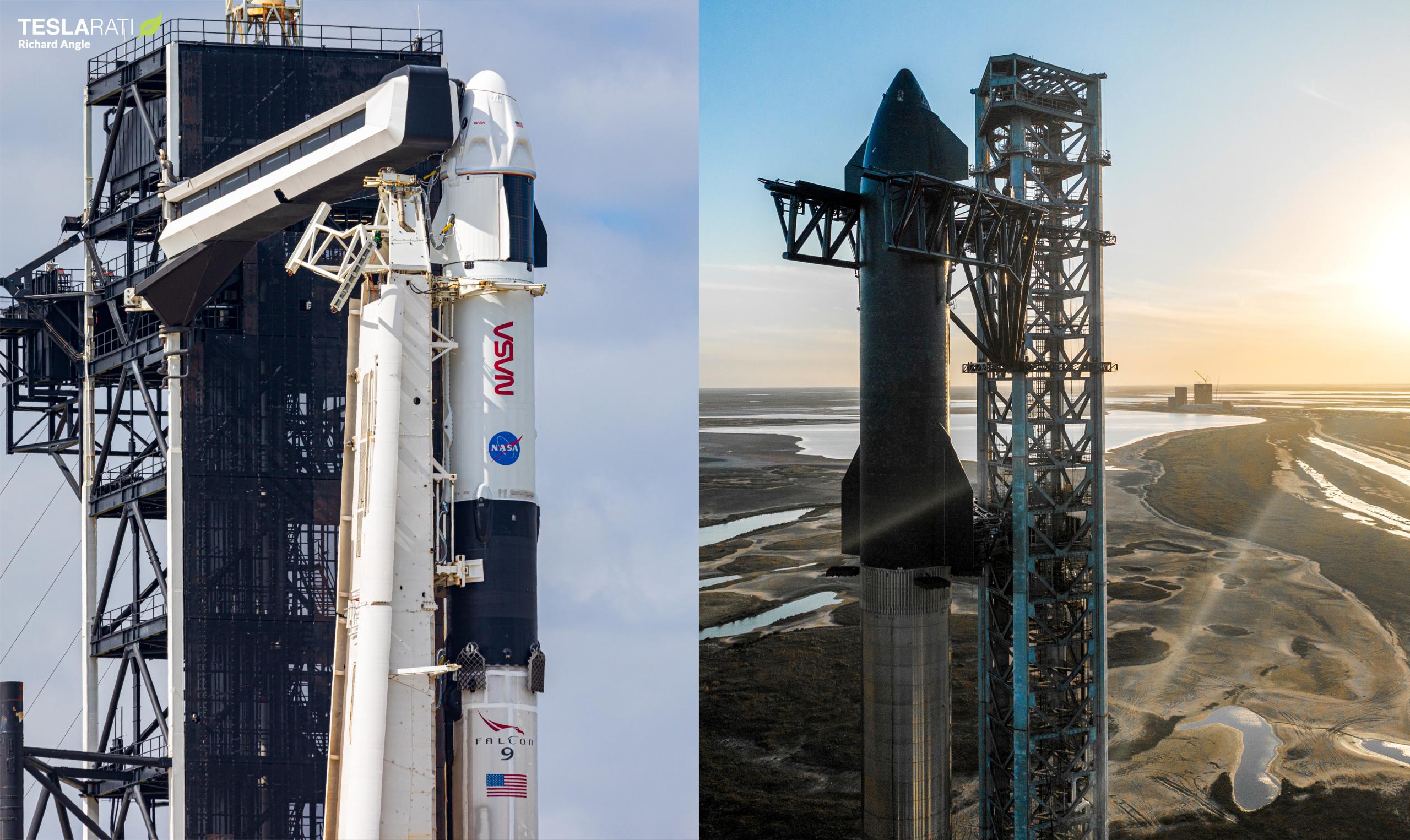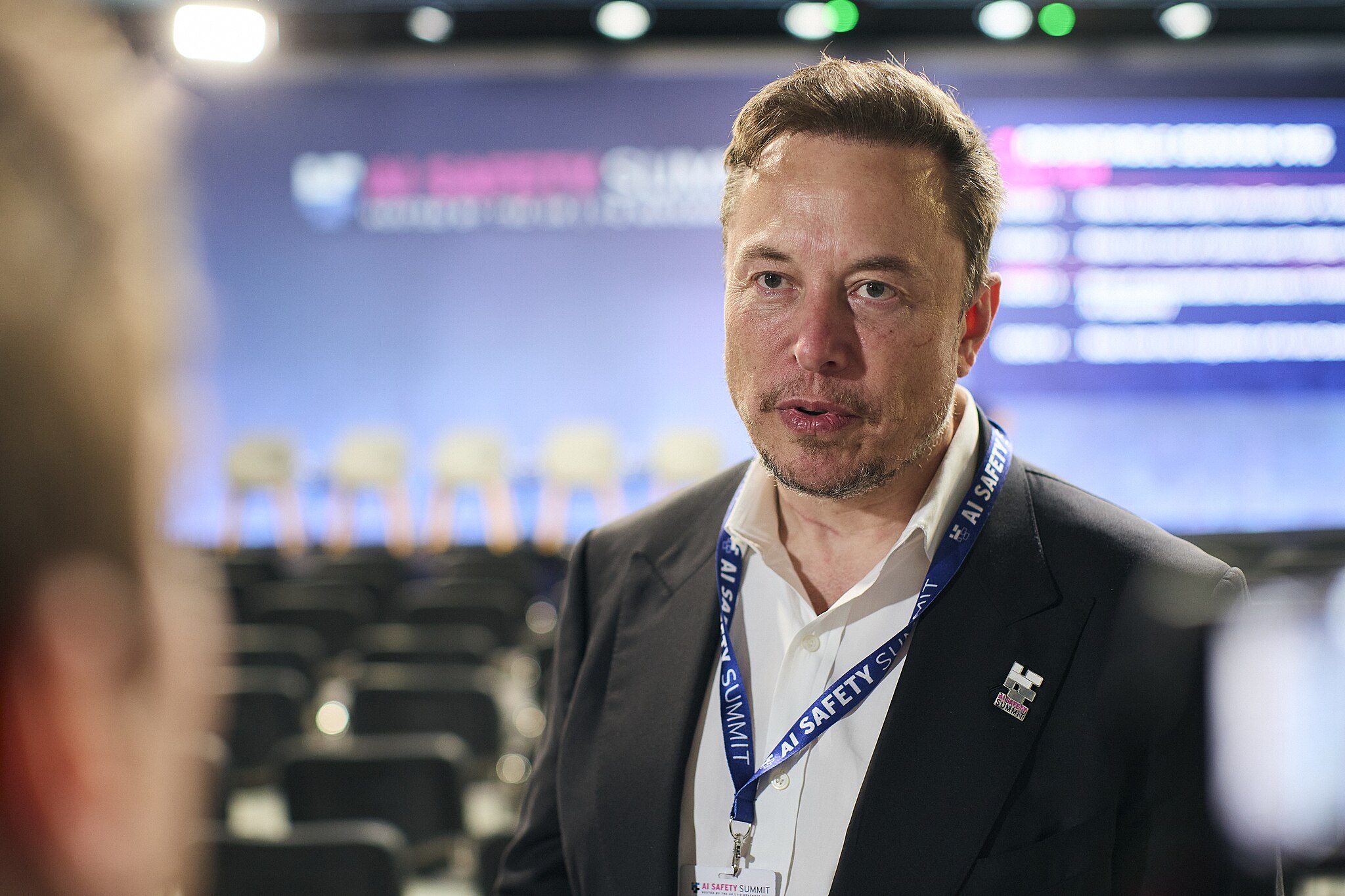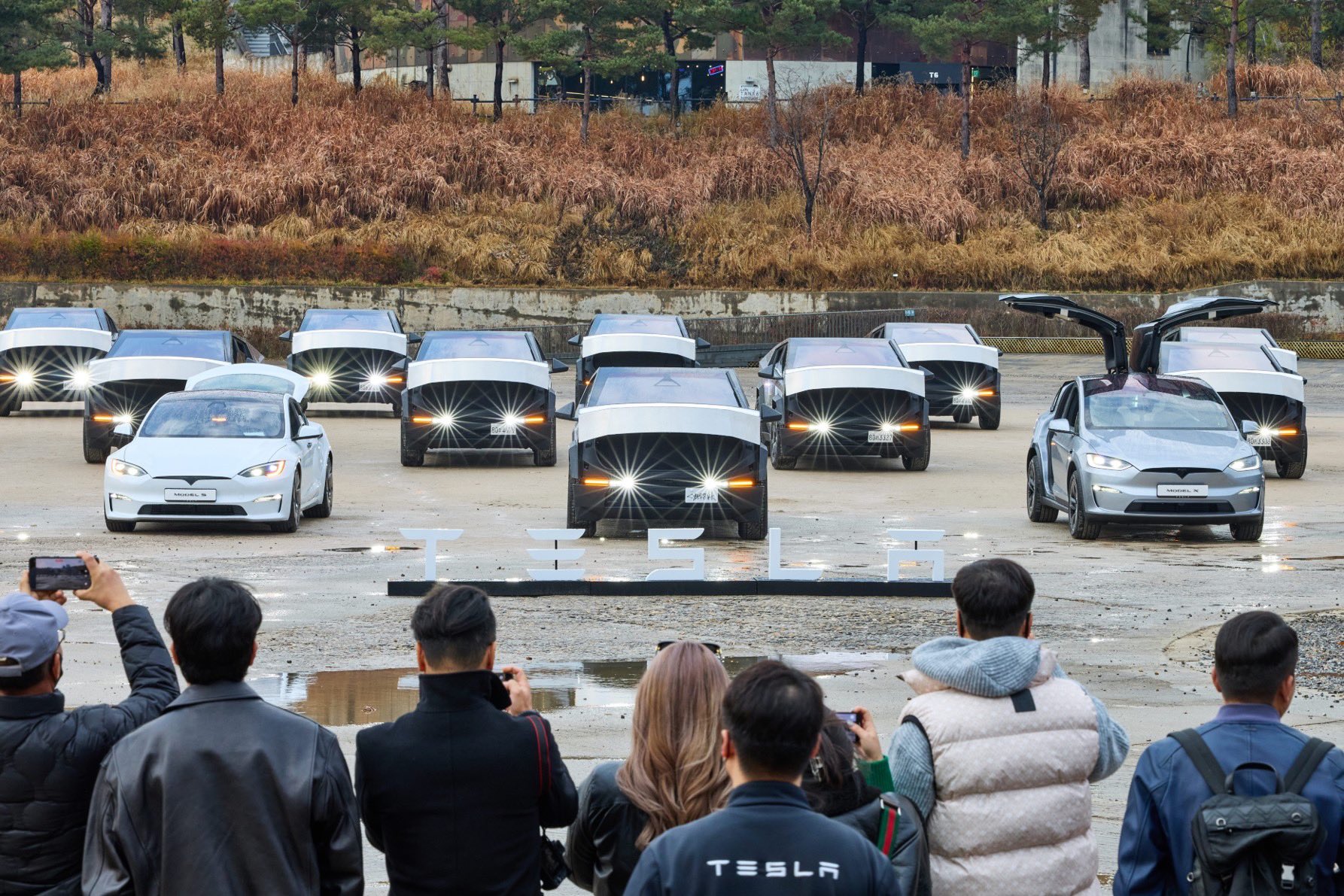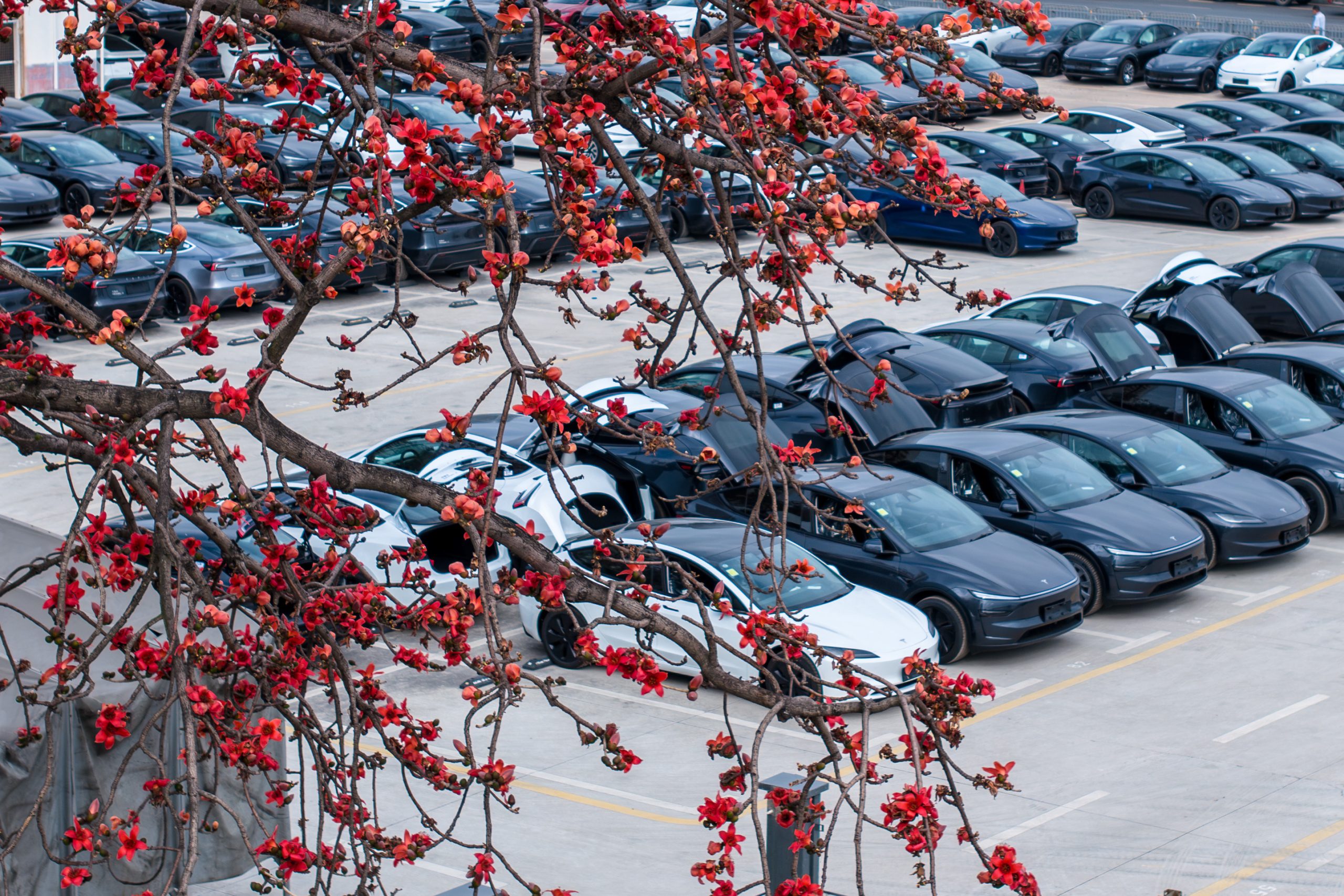News
SpaceX, NASA moving forward with plans to build second Dragon launch pad

SpaceX and NASA officials have confirmed that they are moving forward with plans to modify the company’s second Florida launch pad to support Crew and Cargo Dragon missions.
First reported by Reuters in June 2022, SpaceX began studying the possibility of modifying its Cape Canaveral Space Force Station (CCSFS) LC-40 pad for Dragon missions earlier this year after NASA raised concerns about the risks posed by plans to operate its next-generation Starship rocket out of the only pad available for Dragon. Three months later, the partners have committed to that plan and, according to SpaceX, hardware for the required modifications is already in work.
After a false-start in 2019 and 2020, SpaceX began rapidly constructing Starship’s first Florida launch site at the LC-39A pad it leases from NASA’s Kennedy Space Center (KSC) earlier this year. Thanks to a series of modifications and additions to existing Space Shuttle infrastructure, Pad 39A is also the only site currently capable of launching Crew and Cargo Dragon spacecraft on Falcon 9 rockets. Located just 1000 feet (~300 m) east of 39A’s existing Falcon and Dragon launch facilities and access tower, Starship is unlikely to have much of an impact during nominal operations, but the program does have a history of building prototypes that occasionally explode.
Until late 2023 at the absolute earliest, SpaceX’s Crew Dragon is the only spacecraft capable of sustaining NASA’s presence (typically 4-5 astronauts) at the International Space Station (ISS). Years behind schedule, Boeing’s Starliner crew capsule is scheduled to attempt its first crewed test flight (CTF) no sooner than February 2023. Starliner’s first operational astronaut transport mission could then follow in September 2023, but it could easily slip into 2024 if the CTF is less than flawless. To date, both of Starliner’s uncrewed test flights have uncovered significant issues that required months of additional work to rectify.
When a Falcon 9 rocket exploded at LC-40 in 2016, causing damage that effectively required a total rebuild, it took SpaceX 15 months to resurrect the pad. In other words, if a Starship launch failed and destroyed Pad 39A’s Falcon and Dragon facilities at some point within the next 12-18 months, it could easily threaten NASA’s ability to maintain the ISS if Boeing was unable to take over.
Even though SpaceX would never risk launching Starship out of Pad 39A if it knew there was a high risk of the new rocket failing and harming Dragon operations, NASA is in the business of ensuring that contingencies exist in case of unlikely but catastrophic events. It doesn’t matter if Starship probably won’t explode or if Starliner will probably be ready to take over. The risk is always there and SpaceX and NASA must be ready for the possibility.
Nothing is known about the nature of the modifications that LC-40 will require. But more likely than not, NASA will require SpaceX to develop something similar to Pad 39A’s facilities. That would involve building a new crew access tower, crew access arm, escape system (39A uses baskets and ziplines), and an on-site bunker for astronauts.
Given that the need for a backup Dragon launch pad comes largely at NASA’s behest, there’s a good chance that the agency will require that that backup be in place before SpaceX will be allowed to launch Starship out of Pad 39A. Earlier this month, CEO Elon Musk delayed his estimate for the first Florida Starship launch from late 2022 to Q2 2023. It’s highly unlikely that SpaceX will be able to finish modifying LC-40 by Q2 2023.
SpaceX will have to undertake the already challenging, time-sensitive construction project on a high-security military base and well within the blast radius of the single most active launch pad in the world. Much of the custom hardware required could have significant lead times, further extending the construction timeline. Unless SpaceX is willing to seriously constrain LC-40’s launch cadence, which would likely make its goals of 60+ launches in 2022 and up to 100 Falcon launches in 2023 impossible, the work will take even longer than it would under ordinary circumstances.

Elon Musk
Elon Musk shares SpaceX’s directive that destroys a prevalent media narrative
Musk’s comments followed Starlink’s initiatives for people affected by severe flooding in Indonesia and Cyclone Ditwah in Sri Lanka.

Elon Musk recently shared SpaceX’s standing policy to offer free Starlink service during natural disasters worldwide, highlighting the company’s commitment to pursue aid over profit during times of need.
Musk’s comments followed Starlink’s initiatives for people affected by severe flooding in Indonesia and Cyclone Ditwah in Sri Lanka.
Starlink activates free service in Indonesia and Sri Lanka
Starlink recently announced free service for those impacted by severe flooding in Indonesia’s Sumatra region, partnering with the government to deploy terminals rapidly to the hardest-hit areas. The offer extends to new and existing customers through December, restoring connectivity in zones where traditional networks have failed due to infrastructure damage.
Musk quoted the post on X, writing, “SpaceX standard policy is to make Starlink free whenever there is a natural disaster somewhere in the world. It would not be right to profit from misfortune.”
Starlink extended the same relief to Sri Lanka amid Cyclone Ditwah, coordinating with local authorities for additional support. The cyclone battered the island nation with heavy rains and winds, disrupting communications for thousands. Free access also lasts until year-end, emphasizing Starlink’s role in bridging gaps during crises.
“For those affected by the severe flooding in Indonesia and Sri Lanka in the aftermath of Cyclone Ditwah, Starlink is providing free service to new and existing customers through the end of December 2025. We’re also working with the Indonesian government to rapidly deploy terminals and restore connectivity to the hardest-hit areas on Sumatra, as well as with the Sri Lankan government to provide additional assistance,” Starlink wrote in a post on its official website.
Musk’s companies routinely provide aid
Musk’s firms have a track record of providing critical support in crises, often without fanfare, challenging portrayals of him as a comic book villain intent on enriching himself on the backs of a suffering populace. In January 2024 alone, Tesla opened Superchargers for free in Japan’s Hokuriku region after a magnitude 7.6 earthquake killed at least 55 and injured hundreds.
Similar efforts include Starlink deployments for the 2023 Maui wildfires, 2024 Hurricane Helene in North Carolina, and floods in Texas, where the service was used to help facilitate emergency coordination. These actions, which total millions in waived fees and logistics, demonstrate a proactive ethos among Musk’s companies, with Musk noting in past interviews that such aid stems from engineering solutions over optics.
The initiatives also provide a direct rebuttal of Musk’s characterization on mainstream media, which tends to lean negatively. This has become much more notable in recent years as Musk adopted more conservative policies. These negative sentiments came to a head earlier this year when Tesla stores, vehicles, and even some owners, were attacked during waves of anti-Tesla protests.
News
Tesla Cybertruck welcomed with open arms in South Korea
The event featured interactive demos, a light show with the full Tesla lineup, and announcements including FSD Supervised’s planned rollout to Cybertruck by the end of 2025.

Tesla Korea handed over its first 30 Cybertrucks to owners on Thursday during a ceremonial event at the Cultural Reserve Base in Seoul, marking the all-electric pickup truck’s official debut outside North America.
The event featured interactive demos, a light show with the full Tesla lineup, and announcements including FSD Supervised’s planned rollout to Cybertruck by the end of 2025.
A historic delivery event
The November 27 event transformed a former oil reserve warehouse into a symbolic launchpad for electric mobility. Attended by 30 new owners, the event included hands-on activities such as hammer-strike durability tests, accessory sales, a lucky draw, and group photos. It culminated in a synchronized light show featuring the 30 Cybertrucks alongside Model S, Model 3, Model X, and Model Y vehicles, which drew cheers from attendees.
Yvonne Chan, Tesla APAC Regional Director, joined as a special guest to celebrate the delivery milestone. Tesla Korea President Seo Young-deuk was also in attendance, and shared his optimism for the company’s momentum in the country.
“Korea is currently the third-largest market for Tesla sales worldwide, and this year, for the first time, it has achieved the No. 1 spot in imported car brand sales volume, Tesla Korea is growing at an incredibly rapid pace,” he said. “To repay this love from our customers, Tesla plans to continue investing in the Korean market and enhancing the customer experience.”
FSD Supervised launches in Korea
Seo announced the official introduction of Full Self-Driving (Supervised) in Korea, with Cybertrucks slated for inclusion by the end of 2025, which promoted applause from the event’s attendees. With even the Cybertruck expected to receive FSD this year, Tesla Korea’s fleet could very well become the country’s most advanced vehicles overnight.
Infrastructure growth remains a priority to support Tesla Korea’s expanding fleet. Tesla Korea’s Supercharger network currently includes 166 sites with 1,133 stalls, with V4 units planned for nationwide highway rest areas to boost long-distance travel. The company also operates seven stores and 15 service centers, though plans are underway to double both by 2027. A new store in Incheon’s Songdo district is scheduled to open by December 2025, enhancing accessibility for western Seoul-area customers.
Seo concluded, “Through all-encompassing investments spanning products, charging infrastructure, and service networks, Tesla Korea will deliver the most refined electric vehicle experience to Korean customers.”
News
Tesla China delivery centers packed as Q4 2025 enters its final month
Fresh photos from delivery centers in the country show rows upon rows of Model Ys and Model 3s.

Tesla’s delivery centers in China are filled with vehicles as the company ramps up for its final push in Q4 2025. Fresh photos from delivery centers in the country show rows upon rows of Model Ys and Model 3s, signaling strong end-of-quarter momentum.
A delivery push for Q4 2025
A recent aerial shot from a Tesla delivery center in China captures the company’s efforts to deliver as many vehicles as possible as the year comes to a close. As could be seen in the image, which was posted by on X by Tesla enthusiast Nic Cruz Patane, the facility was filled with numerous Model Y and Model 3 units, each vehicle seemingly ready to be handed over to customers.
Echoing the scene, another post, reportedly from two weeks prior, showed a similar scene in a Shanghai location, which was packed with Model Y units. X user Roberto Nores shared the photo, noting that the image also shows multiple Model Y Ls, a six-seat extended wheelbase version of the popular all-electric crossover.
Towards a strong Q4 finish
China remains Tesla’s volume powerhouse, accounting for a good portion of the company’s global deliveries in recent quarters. That being said, reports did emerge in early November stating that the company only reached 26,006 retail sales during October, as noted in a CNEV Post report. The reasons for this remain to be seen, though a focus on exports could have been a contributing factor.
Tesla China does seem to be hinting at some momentum this November. Just recently, Tesla watchers observed that the order page for the Model Y in China shows a message informing customers that those who wish to guarantee delivery by the end of the year should purchase an inventory unit. This was despite the Model Y RWD and Model Y L showing an estimated delivery timeline of 4-8 weeks, and the Model Y Long Range RWD and Model Y Long Range AWD showing 4-13 weeks.








